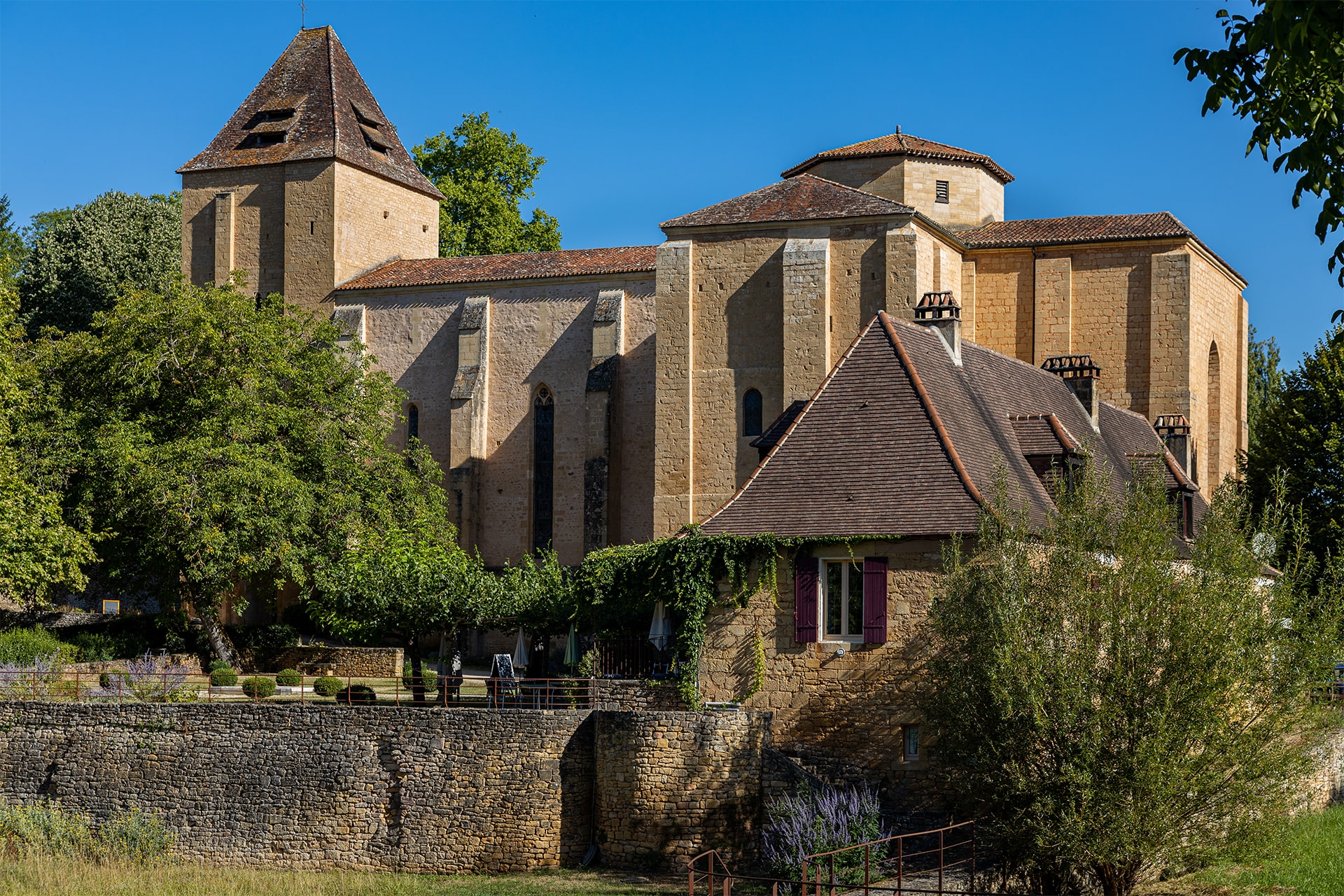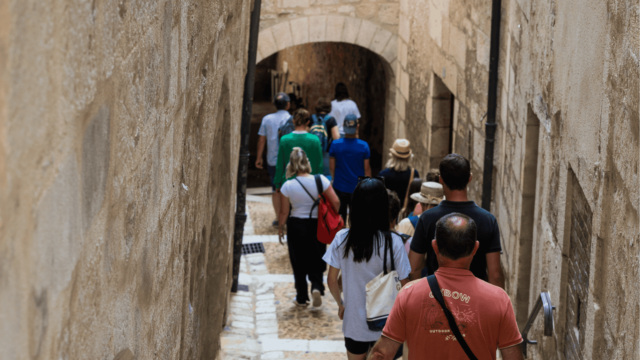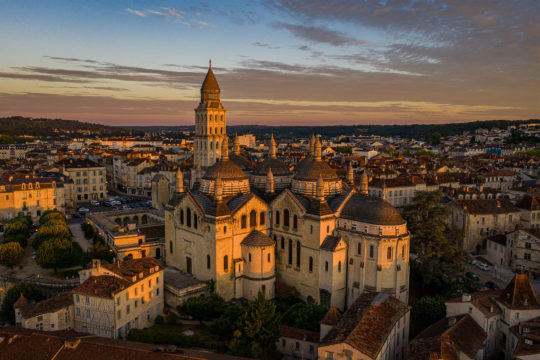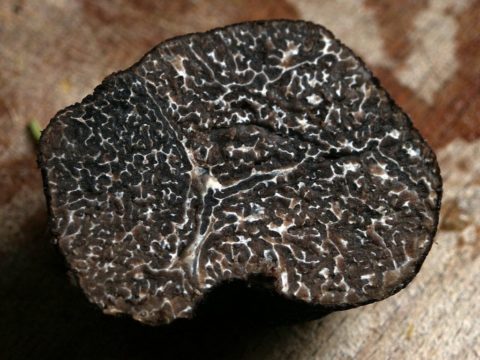Brantôme abbey
According to legend, the abbey was founded by Charlemagne or his father with a gift of the relics of Saint Sicaire, one of the children killed on Herod’s order at the announcement of the birth of Christ.
The establishment depended on the abbey of La Chaise-Dieu. Located on the road to Santiago de Compostela, the abbey becomes an important place of exchange in the Middle Ages, a crossroads where merchants, craftsmen, pilgrims and travelers meet.
The bell-tower, of campanile type, is adorned with gables that we find on the bell-towers of Collonges la Rouge and Saint Leonard de Noblat en Limousin.
One of the cavities « the cave of the Last Judgment, » houses imposing bas-reliefs. The 16th century angled bridge provides access to the monks’ garden.
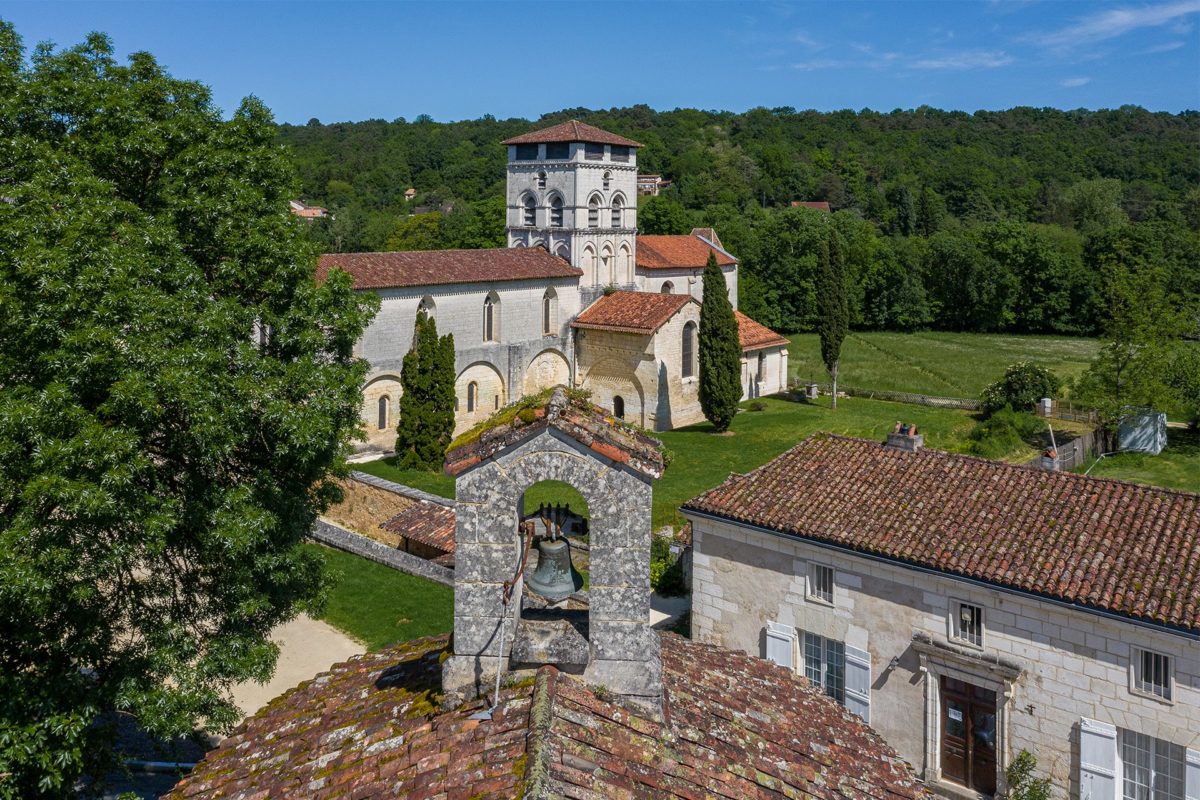
At the gates of Périgueux, the Abbey of Chancelade
The foundation of Chancelade was the foundation of the monk Foucault, a native of Cellefrouin, who settled near a spring surrounded by a grate Fons Cancellatus (origin of the name Chancelade). The prosperous abbey is undermined during the Hundred Years’ War and then during the Wars of Religion.
The church is a cruciform building with a single nave. Inside, one can admire a picture of the 17th century « Le Christ aux outrages » for a long time attributed to Georges de La Tour.
The house of Bourdeilles dates from the fifteenth century. The commons were located to the west of the abbey. They include a vat, a cellar, a house and a mill. To the east of the abbey, the abbe’s abode dates from the 16th century..
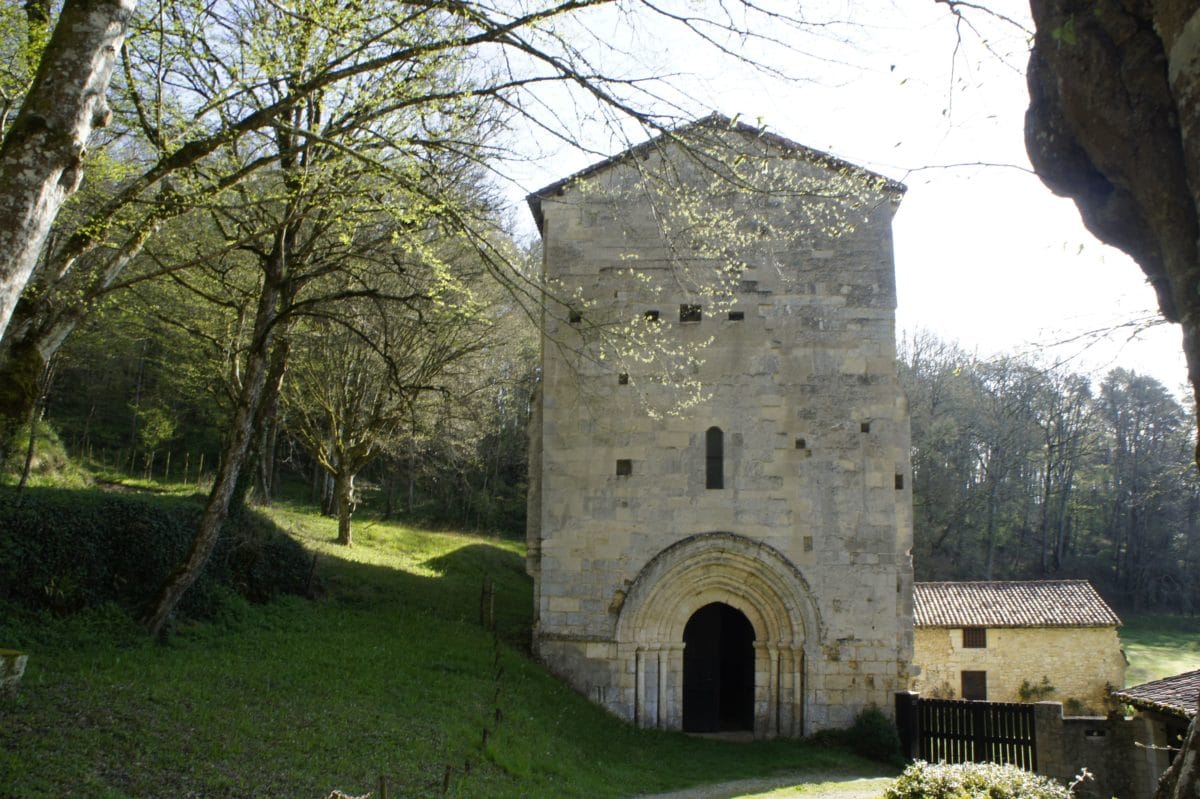
The priory of Merlande
Depending on the abbey of Chancelade, a few kilometers away, is the priory of Merlande. The history of the place begins in Roman times. Located on the Périgueux-Saintes road, travelers stopped to enjoy the fountain. The church is composed of two spans. The first one originally arched of a dome gave way to a broken cradle. The second bay is surmounted by a dome on pendants. The church is remarkable for its carved capitals located in the choir. Next to the church is the house of the prior and the old house.
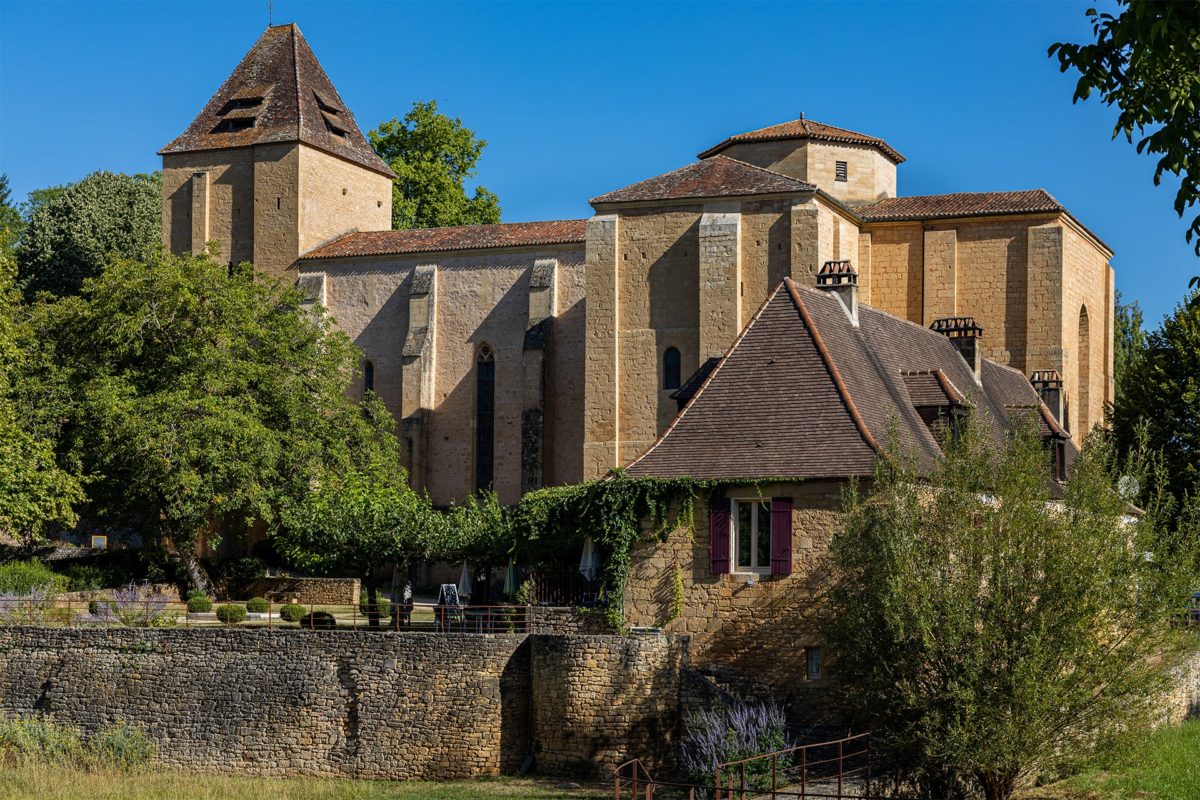
Heading south for the discovery of Paunat
According to the legend, the foundation of the abbey is linked to a pilgrim who would have made the vow to found an abbey if his stick stuckor flourished.
The Abbey of Paunat was rebuilt in the 12th century after being destroyed by the Normands around 850 and consecrated in 991 by Bishop Frotaire of Périgueux. It was an important Benedictine monastery depending on the monastery of Saint-Martial de Limoges.
The church is the only vestige of the abbey. It is reached by an imposing bell-porch with a square plan. The bell tower with its flat buttresses recall the Roman dungeons. The nave of the church is composed of three vaulted bays with an ogive. It was rebuilt in the second half of the 15th century.
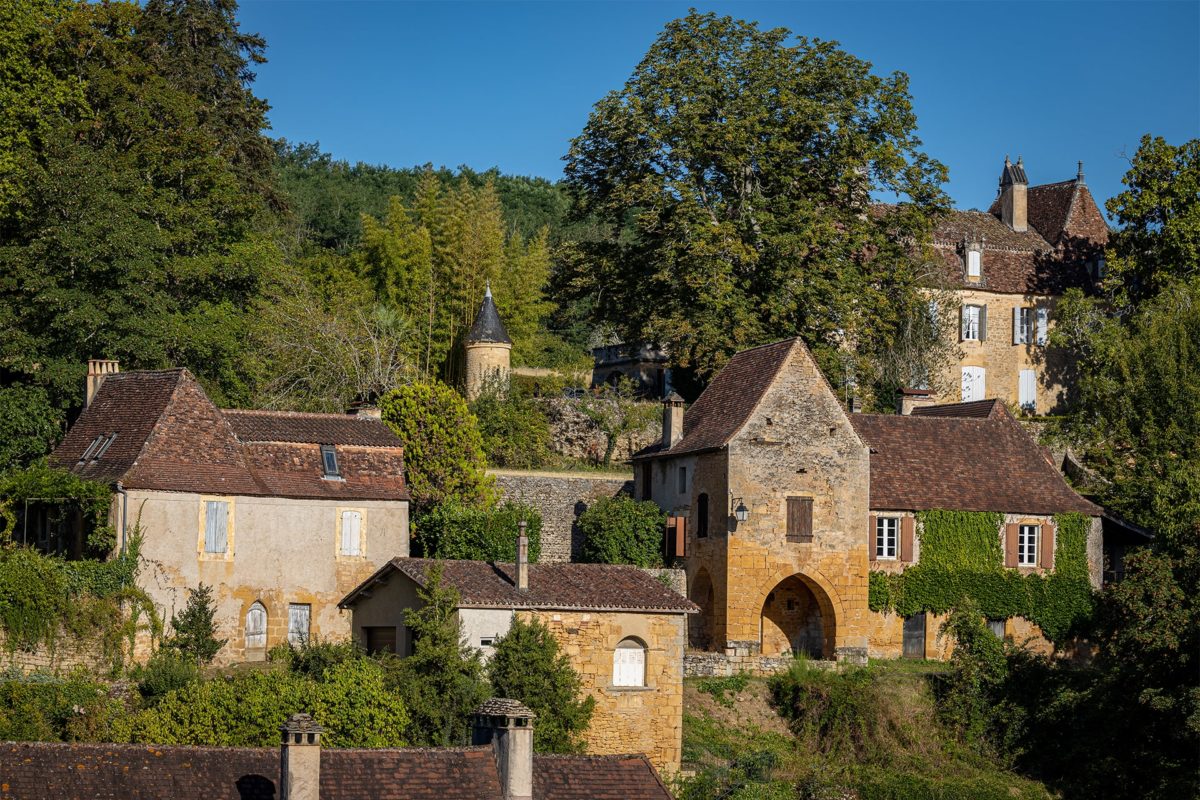
Testimony
Since a few years, we are seven religious, canons regular of saint-Victor, to live on the beautiful site of the Abbey of Chancelade. Canons of St. Augustin, like the great seventeenth-century reformist abbot Alain de Solminihac, our life is divided between the celebration of divine office, fraternal life, welcoming all and pastoral service, in close connection with the diocese of Périgueux. In the Middle Ages, abbeys have always been important focal points from which new ideas originated. At the beginning of the 3rd millennium, the Abbey of Chancelade, with its different cultural, intellectual and spiritual proposals, wishes to continue to be part of this great tradition.

